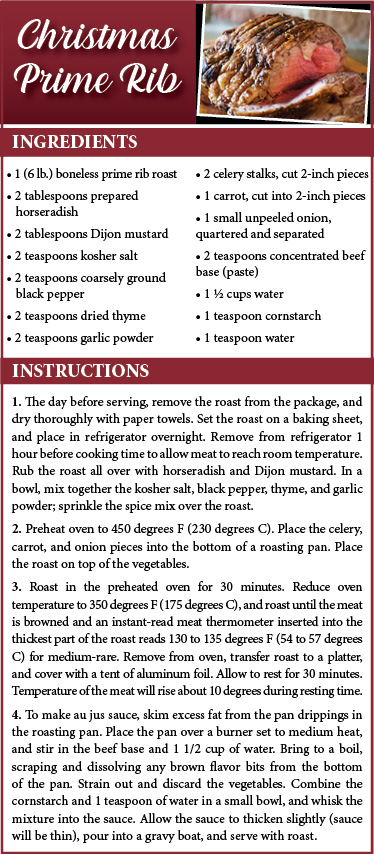Hello my Foodie Friends!
The stress of the holiday season is often compounded by the task of finding that special gift for that someone who has everything. I recall one of my family members mentioned that she and her husband keep their knives very dull so as to minimize the potential of injury. I noted that this has become a problem that requires a solution, but they’ve arrived at the wrong one. Even the finest knives will dull with regular use, but periodic sharpening will restore the blade’s keen edge. A dull knife requires greater force, tears at food, tires the hand and increases the odds of cutting yourself. Dull knives cause infinitely worse and more frequent injuries than sharp ones for a few reasons. Dull knives require more pressure to use, which can make them prone to slipping. And if they do, they hit with that much more force, and result in a more ragged, much harder to heal injury than one a sharp knife would make. Yes, it’s possible to sharpen and Hone your knives at home, and it’s something everyone should do to preserve the integrity of your blades (and, again, stay safe) but here in the thick of the holidays, forestalling kitchen bloodshed should be one of your priorities. If you have your knives sharpened by a professional once or twice a year, you can maintain them without too much hassle. So, let me set your knife edge to factory sharp so you can concentrate on other holiday matters. It’s OK to be kind to yourself sometimes. You can tell when your knife is dull, but a good rule of thumb is to try to slice through a tomato or a piece of paper. If the blade goes through anything but easily, it’s time to sharpen or have them sharpened by John.
Once you get your knives professionally sharpened, it is important to keep them sharp. I will go into brands when you stop in and share a cup of Joe with me on some cold winter’s day. The best advice I can give is that a good knife is the one that best fits your hand and is a sharp! You could own the most expensive knife in the world but if it’s dull it’s not as good as a sharp $10 knife.
Even a good knife will lose some of its sharpness with time. However, sharpening a knife is easy if you have the right tool and know how to use it. Great tools help yield great results. The use of steel or a hand sharpener can help make your knives last a lifetime.
Not sure what to give this holiday season? Find that unique, unexpected gift for the person who already has everything and give the gift of professionally sharpened knives. It is a gift worth giving. We have a great assortment of knives to get your Foodie started with using their skills. At Compliments to the Chef, your neighborhood Kitchen and Cutlery store located at 33 Railroad Place, we professionally sharpen knives. Stop in and ask me any questions you may have. A great knife is in the hand of the beholder and a sharp knife is up to you. Remember my Foodie Friends: “Life Happens in the Kitchen.” Happy Holidays!
Here are some options on how to keep your knife sharp once they are sharpened by a Pro (Me):
Honing Steel Types
Generally three different materials are being used for Honing steels:
• Chromium-plated Honing steel: Sharpening steels with a chromium-plated, grooved surface deliver a good re-sharpening result and are relatively immune to damages (my favorite).
• Ceramics: Sharpening steels with a ceramics blade sharpen gently and carefully. However, the ceramics blade is sensitive to shock. A fall can easily damage it.
• Diamond: Honing steels with a diamond coating of the blade deliver a particularly fine re-sharpening result. The average life span is shorter, though, because the coating tends to wear off with time.
How to sharpen knives correctly:
• Place the knife blade against the tip of the sharpening steel at an angle of approximately 20 degrees and 15 degrees for Asian style knives.
• Pull the knife down and across the steel, describing a slight arc.
• Repeat action on back of the steel to sharpen the other side of the blade.
• Repeat steps 2 and 3 five to ten times, alternating the left and right side of the blade.
It is important to maintain the angle of 20 or 15 degrees and to run the full length of the cutting edge along the steel from the hilt to the tip of the knife. The speed of the movement is not important. Use finesse not brute force!
With a two Stage Hand Sharpener:
• Place your sharpener on a flat surface. Hold the sharpener with one hand and the knife handle with the other. Insert knife blade fully into the slot.
• Apply moderate downward pressure (remember finesse) on the bladewhile pulling the knife toward you through the appropriate notch.
• Repeat this action, always pulling from heel to tip (never back and forth) through the carbide or the ceramic notch.
The first stage carbide (coarse) sharpens dull edges. The second stage ceramic (fine) provides a polished, razor sharp edge.A reasonably sharp knife may only require light honing.
Take Care,
John & Paula
